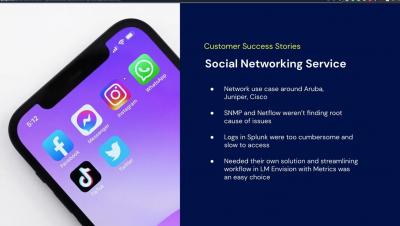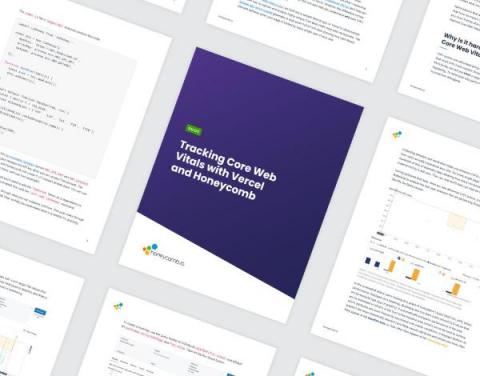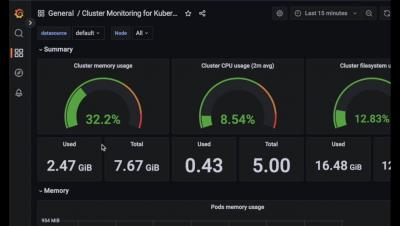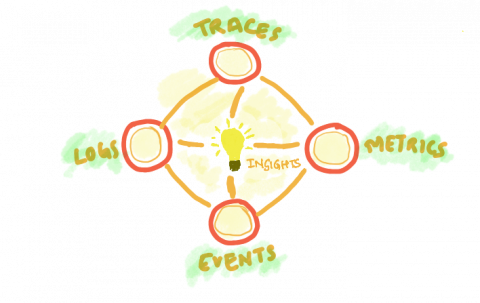Operations | Monitoring | ITSM | DevOps | Cloud
Observability
The latest News and Information on Observabilty for complex systems and related technologies.
LM Envision Logs for Lunch Webinar
Ask Miss O11y: What Should An "Observability Team" Do?
I care a lot about instrumentation and telemetry and OpenTelemetry, so I was thinking of joining the observability engineering team at my company… but it seems like they spend all their time managing Prometheus and Grafana. I guess I was expecting something very different?
Data Observability Explained: How Observability Improves Data Workflows
Organizations in every industry are becoming increasingly dependent upon data to drive more efficient business processes and a better user experience. As the data collection and preparation processes that support these initiatives grow more complex, the likelihood of failures, performance bottlenecks, and quality issues within data workflows also increases.
Shaping an Observability Journey for the Future
Tracking Core Web Vitals with Honeycomb and Vercel
Google’s Core Web Vitals (CWVs) are used to rank the performance of mobile sites or pages. It’s easy to see when your CWV scores are low, but it’s not always clear exactly why that’s happening. In Honeycomb’s new guide, Tracking Core Web Vitals with Honeycomb and Vercel, you can learn how to capture, analyze, and debug your real-world CWV performance using a free Honeycomb account.
How Observability Can Get Expensive, and How to Fix It
How much does monitoring and observability actually cost us? We all collect logs, metrics, traces, and possibly other telemetry data. Yet, this can get expensive pretty quickly, especially in today’s microservices-based systems.











